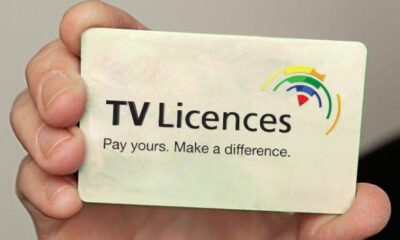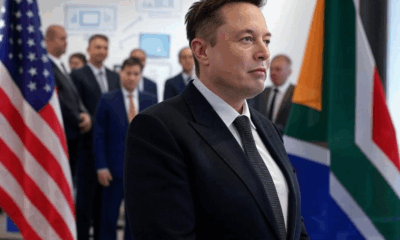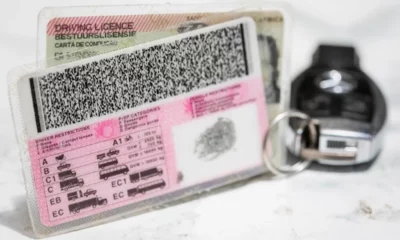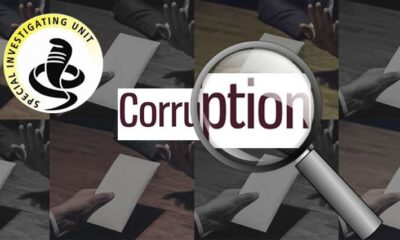Business
South Africa’s Digital Driver’s Licence Demo Shows What’s Next for MyMzansi

A Glimpse into the Future of Licensing
Renewing your driver’s licence in South Africa could soon take less time than ordering a cappuccino. That was the message when Communications Minister Solly Malatsi showcased a live demonstration of the new digital driver’s licence system at the Global DPI Summit this week.
In the demo, Malatsi pulled out his smartphone and renewed a licence in minutes through the government’s upcoming MyMzansi app, a one-stop, zero-rated platform designed to simplify access to public services.
“It’s all connected to existing national systems,” Malatsi explained as he walked viewers through the process. “Credentials are verified, details are updated, and a digital licence is displayed instantly.”
The app, which is still a prototype, aims to bring everyday government services into one place, from paying fines to managing identity records. But it was the driver’s licence feature that caught the crowd’s attention.
How the Digital Licence Works
During the demo, Malatsi opened the MyMzansi digital wallet, which displayed a sample driver’s licence card containing personal details, licence category, and even traffic fine information.
He selected the “renew licence” option, filled in his ID and contact information, signed digitally, and snapped a quick selfie. A payment screen appeared next, offering options like credit and debit cards or Apple Pay, with the entire transaction completed within the app.
Seconds later, a confirmation message appeared: “Success. Payment completed successfully! Your digital card has been added to your wallet.”
The new licence also includes a QR code, allowing traffic officers to scan and verify details instantly. Malatsi joked that with digital verification, South Africans might finally escape the age-old “cold drink” requests that often accompany roadside stops.
Security, Access, and the Big Reality Check
While the live demo impressed many, technology analysts have urged caution. Arthur Goldstuck, CEO of World Wide Worx, believes South Africa still faces major hurdles before going fully digital.
“We’re definitely not there yet,” Goldstuck said. “If you’ve been to Home Affairs and seen how often their systems are down, you can see the issues ahead.”
He warned that millions of South Africans still lack access to reliable smartphones or stable connectivity, and that security would be the biggest test. “We’ll need strong encryption, biometric verification, and offline functionality. Otherwise, the risks outweigh the rewards.”
Goldstuck added that successful digital licence rollouts in countries such as Estonia, Singapore, South Korea, and Denmark only worked because those nations already had deeply integrated, secure digital infrastructure.

Image 1: MyBroadband

Image 2: MyBroadband
The Long Road to Rollout
Despite the excitement, South Africa’s rollout remains on a long timeline. The Driving Licence Card Account (DLCA), which oversees licence production, has not set active targets until the 2026/27 financial year. Current plans aim for 25% implementation by 2026/27 and 75% by 2027/28.
Parliamentary leaders, including Rikus Badenhorst, have called on the Department of Transport to speed things up. Badenhorst believes the technology could help unclog licensing backlogs and improve service delivery across provinces.
For now, the MyMzansi app’s prototype stands as a hopeful preview of what’s possible, a vision of public service that’s fast, secure, and finally digital. But turning that demo into a daily reality will require more than an app. It will need trust, infrastructure, and a government ready to go the distance.
Also read: Romeo Kumalo Launches R3.5 Billion AI Fund to Power Africa’s Tech Future
Follow Joburg ETC on Facebook, Twitter, TikT
For more News in Johannesburg, visit joburgetc.com
Source: MyBroadband
Featured Image: TechCentral



























